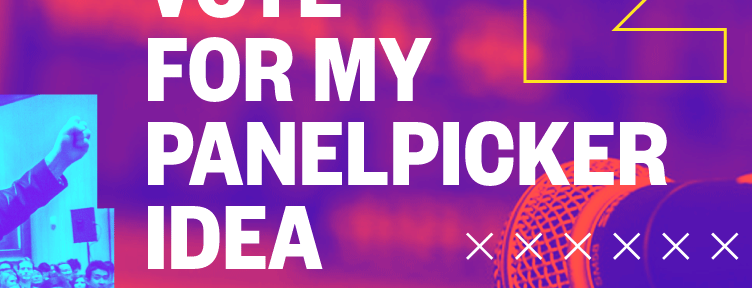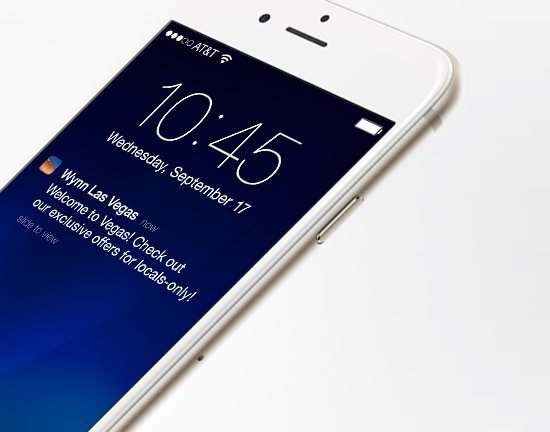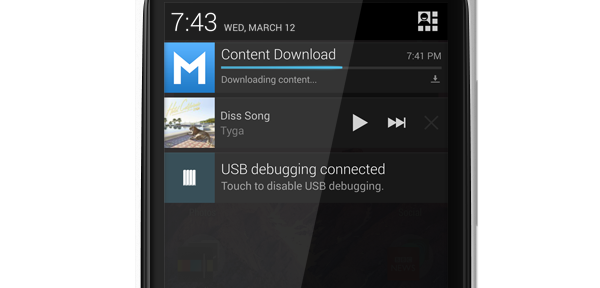If you’re reading this, chances are you’re familiar with SXSW and that magical time of year when the talented tech, music, film and arts community descends upon Austin, Texas with a plethora of creative inspiration and innovative ideas.
Here at Mobile Roadie, we love SXSW so much that we launched our product there in 2009! This year we will be back in Austin and we are excited about the two panel ideas we submitted, which are currently posted on SXSW PanelPicker for consideration and voting.
Public voting accounts for 30% of the submission score so we wanted to see if you would consider voting for our panel ideas? Your vote helps ensure that we make it onto the official schedule!
In order to vote, go to http://panelpicker.sxsw.com/ and create an account. Once registered, you can choose to vote for our panels below and any other panels that may interest you!
Mobile Apps: Bringing Backstage To Your Phone

Featuring Apollo Theater/New Jersey Performing Arts Center Digital Manager Dexter Upshaw Jr. and Mobile Roadie CEO Gino Padua
When you walk into a concert, your ticket is scanned, you pick up a drink and you keep your smartphone handy. What if your smartphone wasn’t just your trusty camera; what if it brought the show alive in a completely new way? Catch Dexter Upshaw Jr., CEO of Distinction Interactive and consultant for music venues like the Apollo Theater and New Jersey Performing Arts Center, in conversation with Mobile Roadie CEO Gino Padua on how mobile is transforming the live event experience. They will also present a vision for how venues can overcome challenges implementing mobile technology, along with using analytics to understand user behavior and shape a curated, customized experience for each fan.
Vote Here: http://panelpicker.sxsw.com/vote/65355
Using Mobile To Shape Your School Community

Featuring Bronx Lighthouse Charter School Principal Travis Brown and Mobile Roadie CEO Gino Padua
If you’re hearing from a school in 2016, you may be having flashbacks to the 90’s when communication relied on calls, emails, and snail mail. The staff at Bronx Lighthouse Charter School decided that parents needed to feel like they were active participants in school affairs, not just passive receivers of information. Together with Mobile Roadie, they created a mobile app designed to encourage an ongoing dialogue between parents, students, and staff. From parents participating in polls, to staff providing school safety updates, to children accumulating points for positive behavior, mobile technology allows everyone involved to collaborate and shape the future of the school community.
Vote Here: http://panelpicker.sxsw.com/vote/67154






















